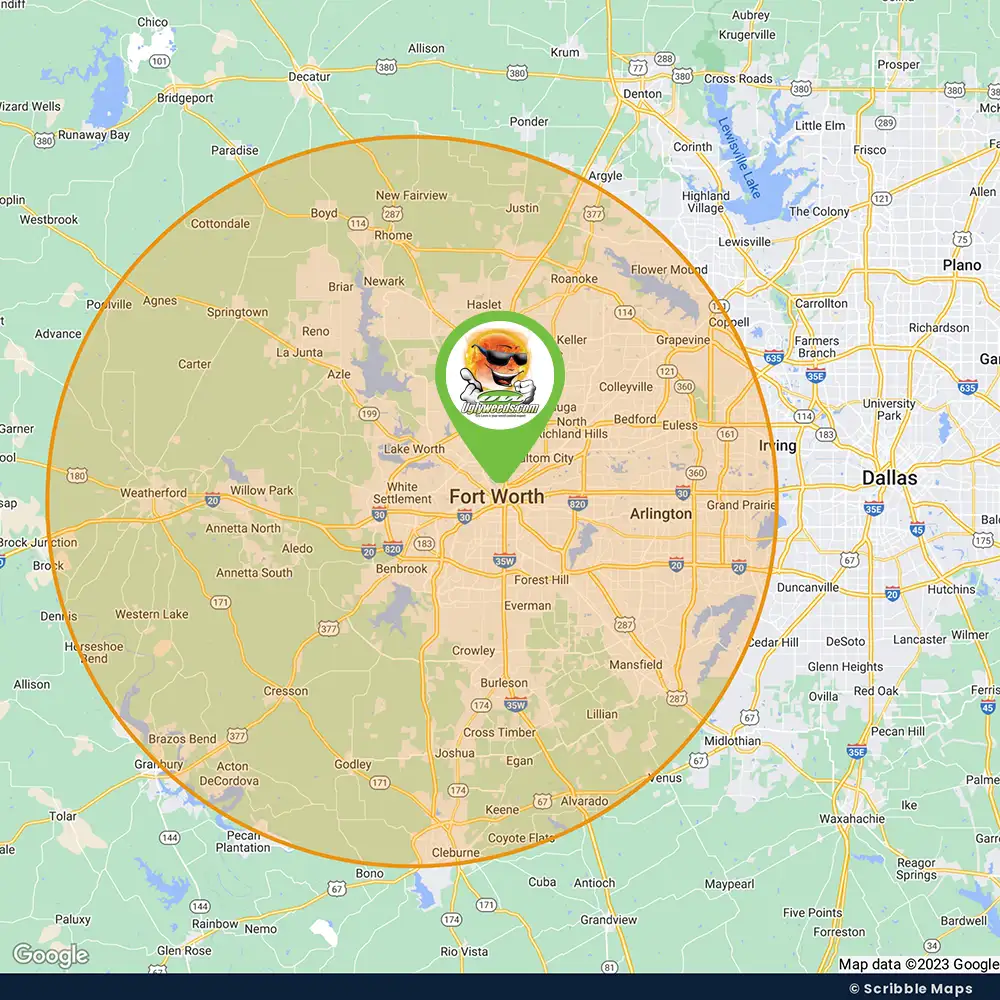Pest Control in Fort Worth
Are pests bugging you? Call Gro Lawn! With over 20 years of experience, our team of expert Fort Worth exterminators is dedicated to keeping your home and business pest-free. Using family-friendly treatments, we ensure the safety of you and your loved ones while effectively eliminating pests. Rest assured, our 100% satisfaction guarantee means that we are committed to providing exceptional service that will exceed your expectations.
Sign up for our pest control in Fort Worth today and receive protection from:
- Spiders
- Ants
- Cockroaches
- Silverfish
- Beetles
- And more!
Our locally owned and operated pest control services in Fort Worth are here to address all your pest control needs. Experience the difference of our expertise and personalized approach, and contact us today!
Complete Pest Protection You Can Count On
Our team offers comprehensive protection against Texas' most common household pests. We live and work right here, so we understand the bugs and pests that bother homes like yours. With our team on your side, you can relax knowing we'll keep those unwanted critters away using safe methods that work. We care about our community and promise to do our best to make sure your home stays pest-free and comfortable all year long. Our exterminators in Fort Worth offer:
- A thorough inspection to develop a custom treatment plan.
- As-needed treatment of your foundation, eaves, interior, and more.
- Quarterly treatments that ensure lasting pest prevention.
- Advice from our experts on additional ways you can ensure a pest-free home!
We Complete Year-Round Treatments
Contrary to popular belief, pests don't follow seasonal schedules; they seek shelter, food, and breeding grounds throughout the year, posing continuous risks to your home and family. By investing in our year-round pest control, you create a barrier against these invasive intruders, ensuring consistent peace of mind and health and safeguarding against potential infestations in every season. Sign up for our recurring pest packages today!
Your Satisfaction is 100% Guaranteed
With our pest control services, your satisfaction is our top priority, guaranteed! If pests return within two weeks after our treatment, we promise to re-treat your home at no extra cost. We're committed to ensuring you have a bug-free environment, and we stand by our promise with confidence and dedication. Choose us, and experience peace of mind knowing we've got you covered, no matter what!

Pest Control Service Area
Gro Lawn has been servicing homes in the Fort Worth area for years, so our exterminators are experienced and ready to help you achieve a pest-free property. For a personal touch that only comes with a local business, call us today for pest control in:



